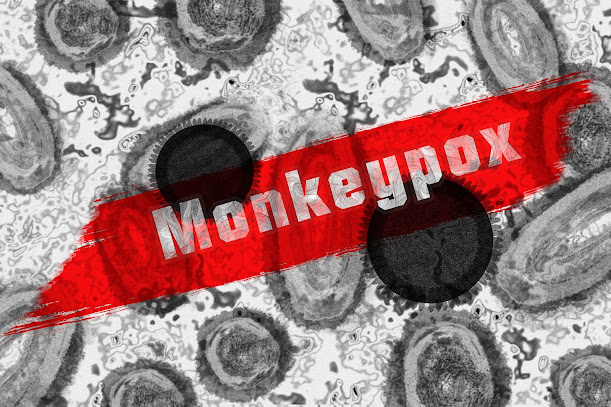Symptoms and treatment options for dengue fever
Symptoms and treatment options for dengue fever
Unfortunately, this illness is all too common in our nation, making itself felt primarily following the annual rainy season.
Infectious dengue fever is a worldwide health problem. According to the most up-to-date estimates, almost 3.6 billion people, or nearly half of the world's population, currently reside in high-risk zones.
Among youngsters, those between the ages of 5 and 15 have the most excellent dengue fever case counts. This illness is perennial in our nation, peaking in incidence right after the annual monsoon. The Aedes aegypti mosquito spreads the disease between people; to stop it, you must eliminate standing water, which mosquitoes need to breed; practise strict cleanliness; and take special precautions during the day, when the mosquito is most active. Cover exposed skin or apply insect repellant.
Delhi saw 36 new dengue cases in July 2022, 75 in August, and 152 in September for 396 for the year. There were 101 new cases in only the last week.
Infection
There are four recognised serotypes of the dengue virus. These are DEN-1, DEN-2, DEN-3, and DEN-4. Over the past 50 years, DEN-2 has been the most prevalent and devastating form of DEN in Delhi. A small number of reported cases of DEN-3 and four were found to be comparable or even better than the original. Malaysian researchers identified the fifth serotype in 2013; this one only produces a moderate illness.
A youngster is theoretically susceptible to infection from all five serotypes. Lifelong protection against a single serotype follows an infection; however, secondary dengue infections caused by exposure to other serotypes carry a high risk of severe illness. Both primary (first-time) and secondary (repeat) dengue infections can manifest in children (second dengue virus infection with a different serotype).
Signals of danger
Fever for five days, but cold extremities after it subsides
Stomach ache
feeling faint or dizzy upon moving or getting out of bed
A wound that bleeds
Bleeding nose
Leakage of stool or urine
Bruises
Testing
At the one- and two-day mark, NS1 tests positively.
On days 5-6, the IgM test is positive.
Incubation period: 4-10 days after an insect bite
Symptoms
Infected individuals may exhibit a wide range of symptoms, from flu-like signs to severe dengue infection marked by severe circulatory shock (high fever for 5–6 days followed by chills, blood in the stool or bruising, fluid leakage due to injury of the blood vessel lining, decreased blood flow to the brain, fluid accumulation in the lungs and abdomen, and puffy eyes). An episode of fainting could occur if blood volume drops and there is concentrated blood due to plasma spilling (high hematocrit PCV that tends to clot and toxins break the platelets reducing the number and platelet function that are there are not functioning well). Low urine output, abdominal pain, abnormal liver function tests (LFTs), and a buildup of fluid in the lungs (called pleural effusion) and the abdominal cavity all point to compromised oxygen transport to the organs responsible for metabolising blood sugar and protein, liver and kidneys. If fluids aren't taken in, either orally or intravenously if necessary, symptoms like headaches and dizziness could develop into full-blown multiorgan failure.
Depending on the circumstances, a particular serotype may be expected in any year. This year, the DEN-2 serotype has been associated with oedema, low blood pressure, and reduced bleeding. More patients required platelet transfusions because of bleeding warning symptoms just a few years ago.
Treatment
Treating dengue fever and preventing dehydration are usually all needed to treat the disease at home. Patients may have a diminished appetite for solid foods. Thus it is essential to track their urine production to assess their risk of dehydration. Regardless of serotype, dengue fever can be fatal if it progresses to the point where the patient requires hospitalisation because of symptoms like mild dengue fever or severe dengue fever with shock, bleeding, and multiorgan failure.
The fever usually subsides on days 5 and 6; however, the leaking causes other symptoms, such as dehydration, low blood pressure, disorientation, abdominal pain, a rash, and facial puffiness. We have to wait for the leak to start improving before proceeding. By day 10, appetite has returned, and the patient's condition has improved significantly. All patients who show bleeding should have their platelet levels closely checked. Because of the risk of intracranial bleeding in newborns, platelet counts may need to be monitored often. Post-covid patients are more likely to develop severe dengue infection and may experience more severe illness.
Thankfully, dengue fever can be avoided. Students should avoid going pantless or without insect repellant during the peak mosquito breeding season.




Comments
Post a Comment